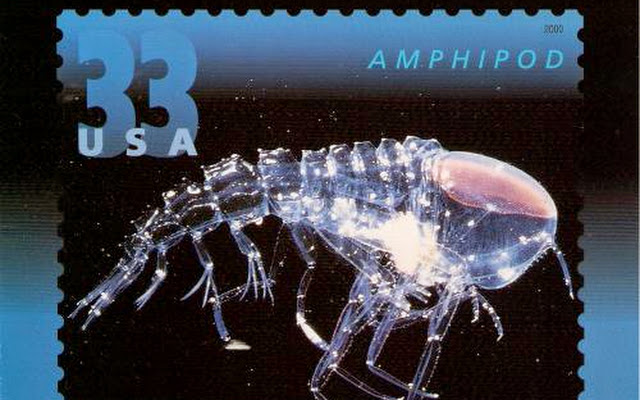Neonicotinoids are a new group of insecticides, and little is known about their toxicity to nontarget freshwater organisms an potential effects on freshwater ecosystems. The aim of this study is to establish the acute toxicity and histopathological effects of thiamethoxam-based pesticide on the gill tissue of Gammarus kischineffensis. In this study G. kischineffensis samples were exposed to 2.5, 5, 7.5, 10, 15, 20, 25, 30, 35, 40, 45, 50, 60, 70, 80, 90 and 100 mg/l of commercial grade thiamethoxam for 96 h. The 24, 48, 72 and 96 h LC50 values were determined as 75.619, 23.505, 8.048 and 3.751 mg/l respectively. In histopathological study the individuals were exposed to 0.004, 0.04 and 0.4 mg/l thiamethoxam concentrations for 14 days. The results showed that the most common changes at all doses of thiamethoxam were vacuolization and hemostatic infiltration in the gill tissue of G. kischineffensis.
Source: Pelin Uğurlu, Erhan Ünlüb, Elif İpek Satar
Environmental Toxicology and Pharmacology
Volume 39, Issue 2, March 2015, Pages 720–726
http://www.sciencedirect.com/science/article/pii/S1382668915000307

- Log in to post comments

Toxicity of neonicotinoids is reinforced by exposure time
Sánchez-Bayo (2009) demonstrated empirically that the toxicity of neonicotinoid insecticides to aquatic arthropods followed a simple relationship between exposure concentration and time-to-effect which is identical to the Druckrey–Küpfmüller equation:
c.tn = constant
where the exponent n can be viewed as a exposure time reinforcement factor that may take a value higher than 1 when irreversible effects are greatly enhanced (i.e. reinforced) by time of exposure. The exponent n is calculated as the reciprocal of the absolute value of the slope in the regression line to the experimental data points
Ln t50 = a + b Ln c
where t50 is the median time-to-effect and c the concentration tested (or dose in the case of terrestrial organisms).
The toxicity of thiamethoxam to G. kischineffensis reported in the present study follows the Druckrey-Küpfmüller equation. Two sets of data were used: 1) the LC50 at four times, as in the abstract; and 2) the actual dataset shown in the paper. The equation parameters for the log-log regressions are:
1) intercept = 2.04; slope = -0.46; n =1/slope = 2.19
2) intercept = 2.191; slope = -0.499; n = 1/slope = 2.0
This evidence indicates that the toxicity of thiamethoxam to G. kischineffensis is reinforced by exposure time. The only thing unusual is that concentrations are in ppm…too high for a neonicotinoid. It may be that Gammarus spp. are quite tolerant of neonics, unlike ostracods. Neonicotinoid insecticides show reinforcement of lethal effects over time of exposure (Tennekes and Sánchez-Bayo, 2013). Exposure to imidacloprid renders values of n > 1 in freshwater ostracods (Cypridopsis vidua), in the hymenopteran parasitoid Chelonus blackburni and in honey bees (Apis mellifera). The same pattern applies to exposures of honey bees to thiamethoxam and dragonfly nymphs (Sympetrum striolatum) to thiacloprid.
Calculations were performed by Francisco Sanchez-Bayo, PhD
Dept. Plant and Food Sciences
Faculty of Agriculture & Environment,
The University of Sydney,
1 Central Avenue, C81 - ATP
Eveleigh, NSW 2015, Australia